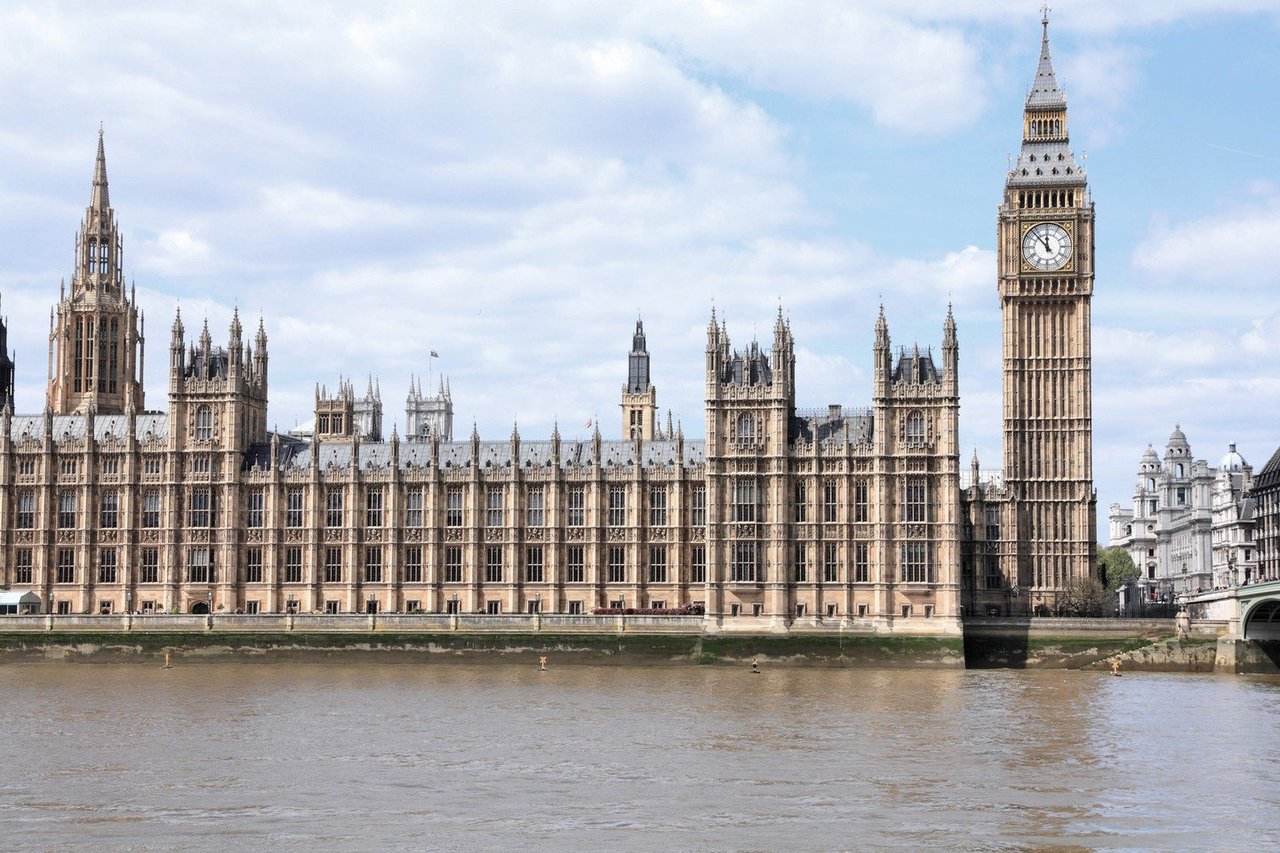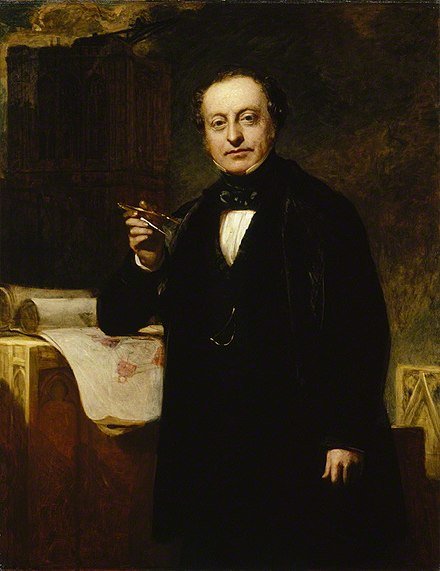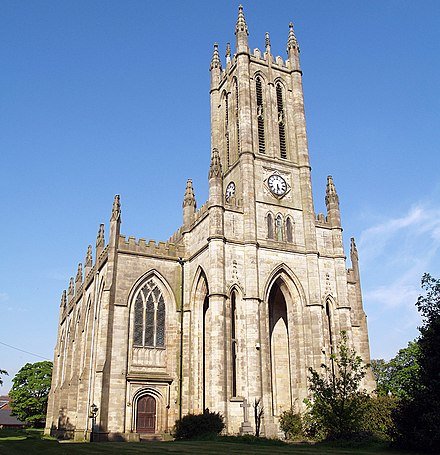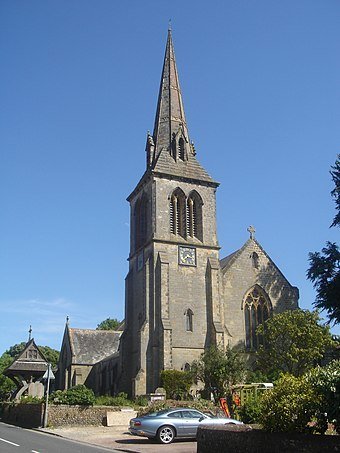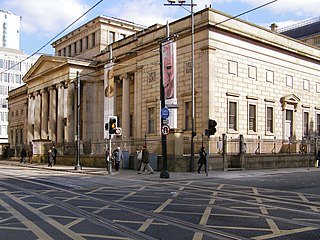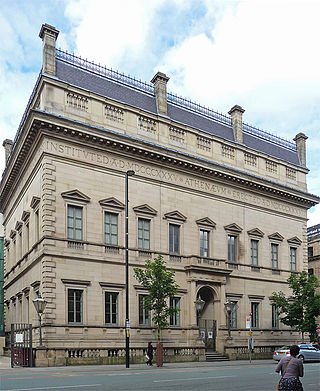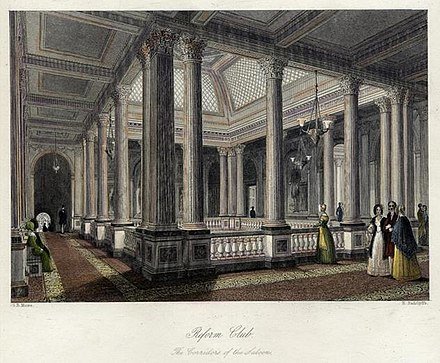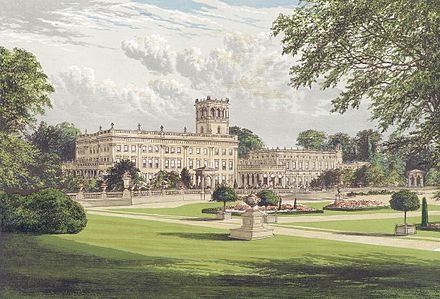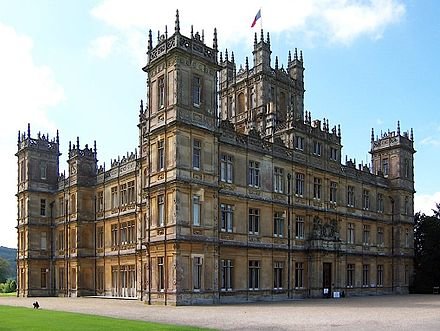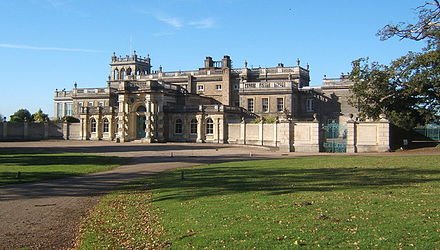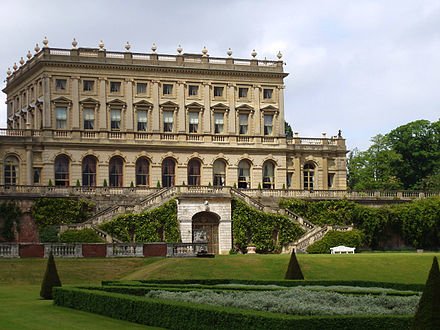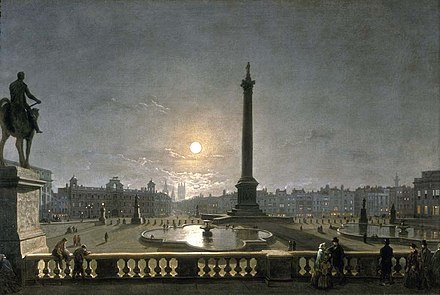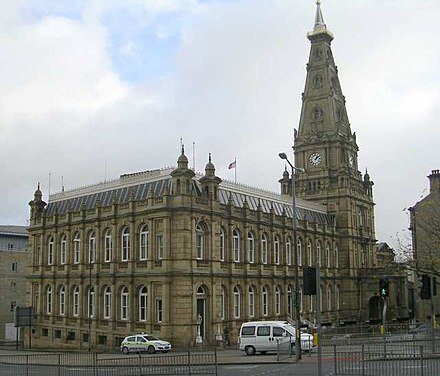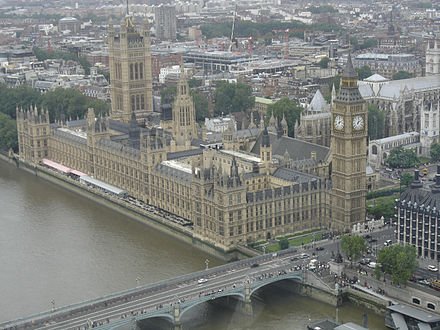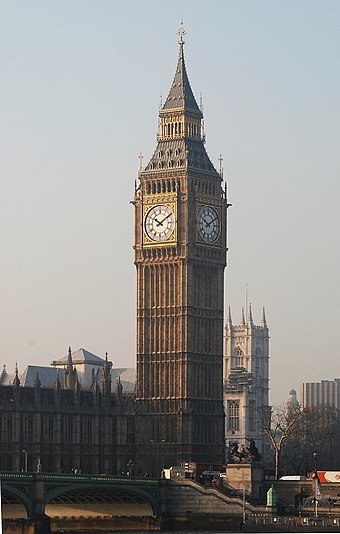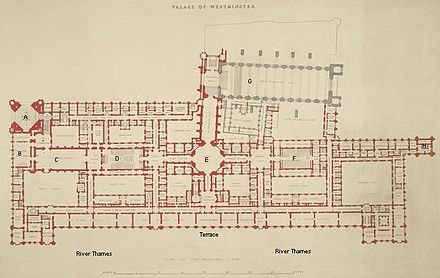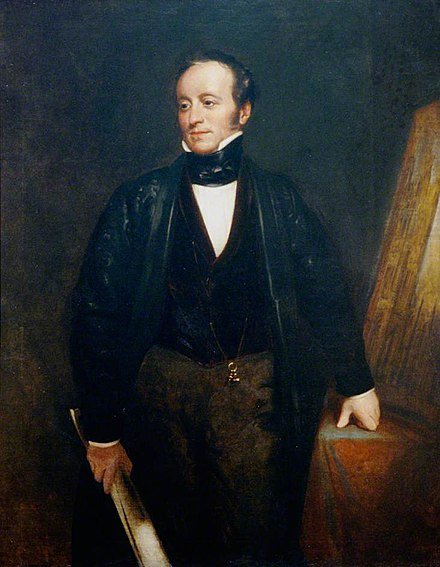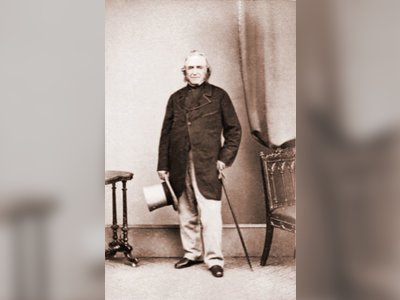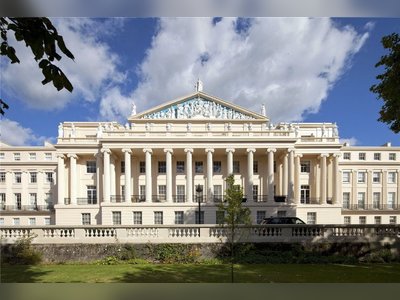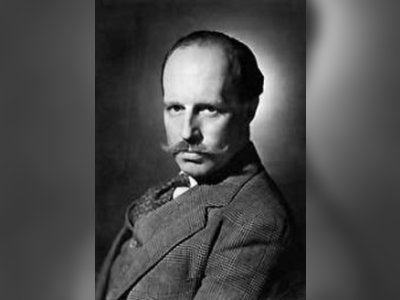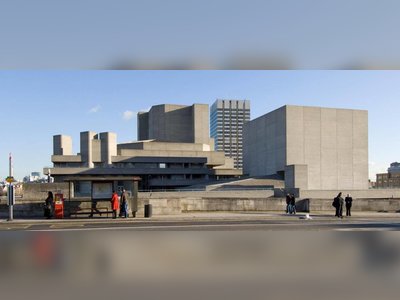British Heritage
Remember, Cherish, Learn.
beta
Charles Barry
Architect of British Heritage.
Contribution to British Heritage
Sir Charles Barry was a renowned British architect whose most significant contribution to British heritage was his role in the rebuilding of the Palace of Westminster, also known as the Houses of Parliament, in London during the mid-19th century. The rebuilding project was necessitated by a devastating fire that destroyed the old Houses of Parliament on October 16, 1834. Barry's architectural vision and expertise were chosen as the winning design in a competition that saw 97 entries, and his collaboration with Augustus Pugin further enhanced the aesthetic appeal of the project.
Barry's design for the new Palace of Westminster embraced the Tudor Gothic architectural style, which harmonized beautifully with the adjacent Henry VII Lady Chapel. The construction was no small feat, given the scale of the building and the complexity of the site. The new palace had to incorporate surviving elements of the previous structure, such as Westminster Hall and St. Stephen's Chapel, leading to some creative architectural solutions. The grand towers that now adorn the building, including the iconic Elizabeth Tower (commonly known as Big Ben), were also part of Barry's design.
In addition to his work on the Palace of Westminster, Barry played a significant role in promoting the Italianate architectural style in Britain. He popularized the use of the Palazzo as the basis for designing country houses, city mansions, and public buildings. His influence extended to the realm of garden design, where he developed the Italian Renaissance garden style, which was widely used in the gardens surrounding country houses.
Legacy
Charles Barry's legacy as an architect is deeply ingrained in British heritage. The most enduring symbol of his impact is the Palace of Westminster, an architectural masterpiece that continues to stand as the seat of the United Kingdom's government. The distinctive Gothic Revival style of the building has become an iconic representation of British parliamentary democracy, and its silhouette, dominated by the towering clock of Big Ben, is recognized worldwide.
Beyond the Palace of Westminster, Barry's contribution to British architecture can be seen in numerous other structures. He designed several churches, including Holy Trinity, St. John's, and St. Paul's in Islington, showcasing his early Gothic Revival style. Barry's fondness for Italian architecture is evident in buildings such as the Travellers Club in Pall Mall and the Manchester Athenaeum. His remodeling of country houses, such as Trentham Hall, Bowood House, and Highclere Castle, added to the richness of British architectural heritage.
Success and Achievements
Charles Barry's success as an architect can be measured not only by the scale and grandeur of his projects but also by the recognition he received during his lifetime. His career took off when he won a competition to design the new Royal Manchester Institution in the Greek Revival style. Barry's first significant public building was the Travellers Club, which showcased his affinity for Italian architecture.
However, his most significant achievement was undoubtedly the successful completion of the Palace of Westminster. Despite numerous challenges, including delays, budget overruns, and clashes with ventilation expert Dr. David Boswell Reid, Barry's perseverance and architectural brilliance ultimately triumphed. The grand structure, with its intricate Gothic detailing, remains one of the most celebrated landmarks in the world.
General Information
Charles Barry was born on May 23, 1795, in Bridge Street, Westminster, to Walter Edward Barry and Frances Barry. He received his education at private schools in Homerton and Aspley Guise before being apprenticed to Middleton & Bailey, Lambeth architects, and surveyors at the age of 15. Barry honed his artistic skills, exhibiting drawings at the Royal Academy from 1812 to 1815.
After the death of his father, Barry inherited a sum of money that enabled him to embark on an extensive Grand Tour around the Mediterranean and the Middle East from June 1817 to August 1820. This journey exposed him to the wonders of ancient and Renaissance architecture, shaping his design sensibilities for the years to come.
Barry's architectural career took flight with his work for the Church Building Commissioners, designing churches in the Gothic Revival style. His fascination with Italian architecture led him to experiment with the Italianate style, evident in buildings such as Manchester Athenaeum and the Travellers Club.
However, it was the rebuilding of the Palace of Westminster that cemented Charles Barry's position as a prominent architect in British history. His vision for the Gothic Revival masterpiece, in collaboration with Augustus Pugin, produced a building that remains a symbol of Britain's parliamentary democracy to this day.
Sir Charles Barry's impact on British heritage, his innovative architectural styles, and his remarkable achievements have secured his place among the most influential architects in history. The legacy of his work endures through the grandeur of the Palace of Westminster and the numerous other structures he designed, enriching British architectural heritage for generations to come.
- Charles Barryen.wikipedia.org
